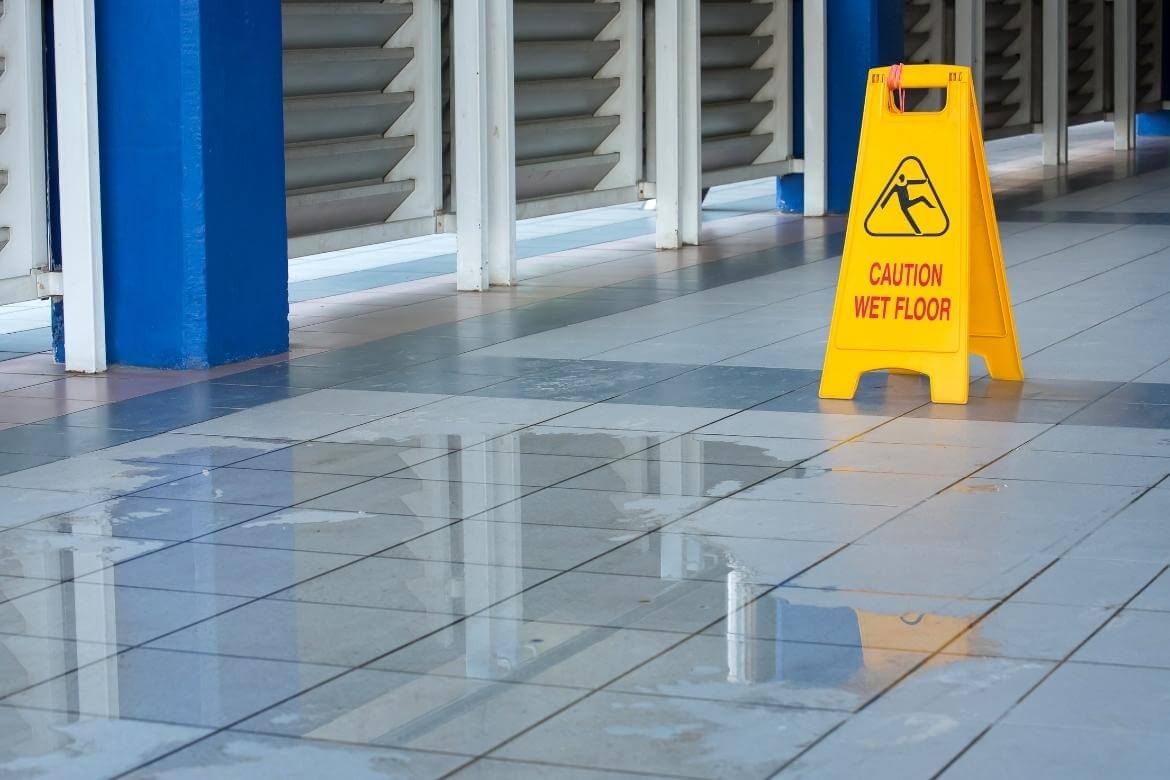Blog
Health and safety best practice, guides and updates.
15th March, 2023 - Paperwork
What Does RIDDOR Stand For?
RIDDOR stands for the Reporting of Injuries, Diseases and Dangerous Occurrences Regulations. RIDDOR places duties on employers, self-employed and people in control of work premises. Let's take a look at those duties, and what it means for your business.
Read Post9th March, 2023 - Management
The Hierarchy Of Risk Control
How should you reduce risk? One of the best ways to assess existing controls and identify new control measures is to consider how effective they are - based on the hierarchy of risk control. In this blog post, we will look at the full list of controls, and how to apply them to your work activities.
Read Post7th March, 2023 - Management
What PUWER Stands For (And What The Regulations Mean)
PUWER stands for the Provision and Use of Work Equipment Regulations. The regulations require that equipment is safe, suitable, maintained, inspected and installed correctly. PUWER also requires that equipment is used only by competent people when it is safe to do so.
Read Post1st March, 2023 - Manual Handling
The 4 Key Areas Of Manual Handling (And How To Assess Them)
Manual handling is more than just what you lift and carry. It's also who, how, and where. In this blog post, we look at the four key areas of manual handling, and how you can assess and control the risks involved.
Read Post23rd February, 2023 - Construction
The 10 Rungs (And Rules) Of Ladder Safety
Used right, ladders are not particularly dangerous. But, ladders are involved in over a quarter of all falls from height, causing serious and sometimes fatal injuries. Our 10 rules of ladder safety will help you use ladders correctly, to help prevent you from getting hurt.
Read Post21st February, 2023 - Paperwork
What Is A Health And Safety Policy?
A health and safety can be described as the health and safety plan of action for a business. It lets people, like employees, clients and others associated with the business, know your health and safety aims and arrangements. It shows your commitment to health and safety.
Read Post15th February, 2023 - Construction
The Construction Site Set Up To Do List To Start Your New Project
There's a lot to remember when you set up your construction site office. What documents do you need? Which paperwork should be completed? What needs to be displayed? Site set-up is a busy time for your construction project - this list will help make sure there is nothing you forget!
Read Post9th February, 2023 - Management
Can Risk Ever Be Zero?
When we aim to reduce risk, the obvious target is zero. Ideally, we would eliminate the hazards and get rid of the risk. If we can create a risk-free environment in the workplace, we know everyone will be safe and go home healthy. But can risk ever be zero?
Read Post7th February, 2023 - Management
Residual Risk: How To Manage The Risks You Can't Stop
The main focus of risk assessment is to control the risks in your work activities. But even after you have put health and safety controls in place, residual risk is the remaining risk - and there will always be some remaining risks. So what should you do about residual risk?
Read Post1st February, 2023 - Paperwork
How To Write A Risk Assessment In 5 Minutes
Risk assessments are a legal requirement and are needed in practically every business of every size. Writing your risk assessments can be time-consuming, you need to go through your activity step by step, but we can help you write your risk assessment in just 5 minutes.
Read Post26th January, 2023 - Paperwork
What Is A Risk Assessment And Why Do You Need One?
In health and safety, a risk assessment is a process of evaluating the potential risks involved in an activity and deciding how to control them. At work, risk assessments are a legal requirement. Forget to do one, and you could be breaking the law and putting people's lives, safety, and health, at risk.
Read Post18th January, 2023 - Management
Why A Positive Health And Safety Culture Needs Negativity
Is your positive health and safety culture an illusion? Without bad news, you can't learn from mistakes, fix problems, and improve your systems. Here's how negativity can improve your health and safety culture.
Read Post- ← Previous
- 17 (current)
- Next →











